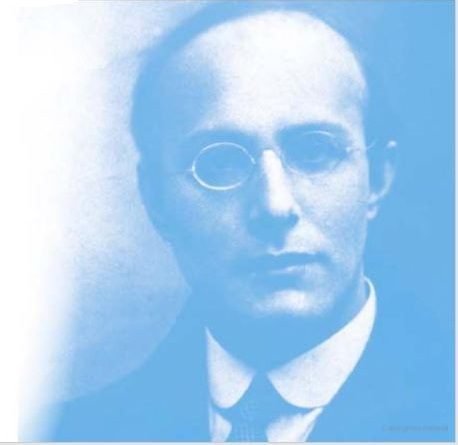“The [following 18th century folk] poem is one of the pithiest condemnations of the English enclosure movement, the process of fencing off common land and turning it into private property. In a few lines, the poem manages to criticize double standards, expose the artificial and controversial nature of property rights… And it does this all with humor, without jargon, and in rhyming couplets… Like most of the criticisms of the enclosure movement, the poem depicts a world of rapacious, state-aided “privatization,” a conversion into private property of something that had formerly been common property or, perhaps, had been outside of the property system altogether.” (Boyle 2003: 33-4).
The Goose and the Common / Anonymous
 The law locks up the man or woman
The law locks up the man or woman
Who steals the goose off the common
But leaves the greater villain loose
Who steals the common from the goose.
The law demands that we atone
When we take things we do not own
But leaves the lords and ladies fine
Who takes things that are yours and mine.
The poor and wretched don’t escape
If they conspire the law to break;
This must be so but they endure
Those who conspire to make the law.
The law locks up the man or woman
Who steals the goose from off the common
And geese will still a common lack
Till they go and steal it back.
Boyle, James. 2003. “The Second Enclosure Movement and the Construction of the Public Domain“. Law and Contemporary Problems 66: 33-74.
Read more on this topic:
— Burt, Richard, and John Archer, eds. 1994. Enclosure Acts: Sexuality, Property, and Culture in Early Modern England. Cornell University Press.
— Mingay, Gordon E. 1997. Parliamentary Enclosure in England: an introduction to its causes, incidence and impact, 1750-1850. Routledge.
— Neeson, Jeanette M. 1993. Commoners: common right, enclosure and social change in England, 1700-1820. Cambridge University Press.
***
Join Economic Sociology and Political Economy community via
Facebook / Twitter / LinkedIn / Instagram / Tumblr

So what is the answer to this state of affairs? What kind of causal loop would need to be created to put right any problems the enclosure acts/private property causes? The concept of private property is deeply embedded in UK culture and politics, i.e. “An Englishman’s home is his castle”; a “home-owning democracy” . Perhaps what is needed is a fair income distribution so that everyone can privately own their own home. The concept is so deeply embedded in my own psyche that living in a Social Housing Association house amongst privately owned houses still creates a sense of superiority amongst some homeowners and resentment in some members of the families of house renters, including my own! Not owning a freehold property of my own gives me a feeling of insecurity.
Apparently, in France and Germany, renting a home is the norm but I have not researched this, so I don’t know.
The same process was basically replicated when the British colonized North America, taking the Indians’ commonly held land for private property for settlers. Actually, that was the process of colonization in Latin America, Africa & Asia as well. A more modern example would be divvying up the state property of the USSR into the hands of a few politically connected kleptocrats. The rich and powerful are so good at taking others’ stuff!
I’m restarting a blog on economic inequality and poverty that I’d like to share to get your feedback and assistance. Yours is one of the few blogs I’m following and I’m open to suggestions for other resources. Keep up the good work.
Nick
Thanks, Nick! I wish you good luck with restarting your own blogging!
Oleg, I left a comment on the LinkedIn update of the post. THANK YOU for posting this. The preface of [the Univ. of N.M. Press edition] “Felix S. Cohen’s Handbook of Federal Indian Law” notes the attempt [by the U.S. Dep’t. of the Interior’s attempt] to censor it. Pages 420-424 of that edition note Dutch, French, and English “Influence on ‘Public Lands’ ‘…
Here in Khyber Pakhtunkhwa ‘(formerly known as NWFP), a province of Pakistan’, few families own all the property & they are titled as Nawab. The rest of Pakhtuns have nothing or very little share. This distribution is probably made by British coloniser! Now a days, these Nawabs have started private housing schemes and other commoners are collecting all their lifelong savings to purchase few marlas to build a home for themselves while some invest in them for the hope of profit.
🤔